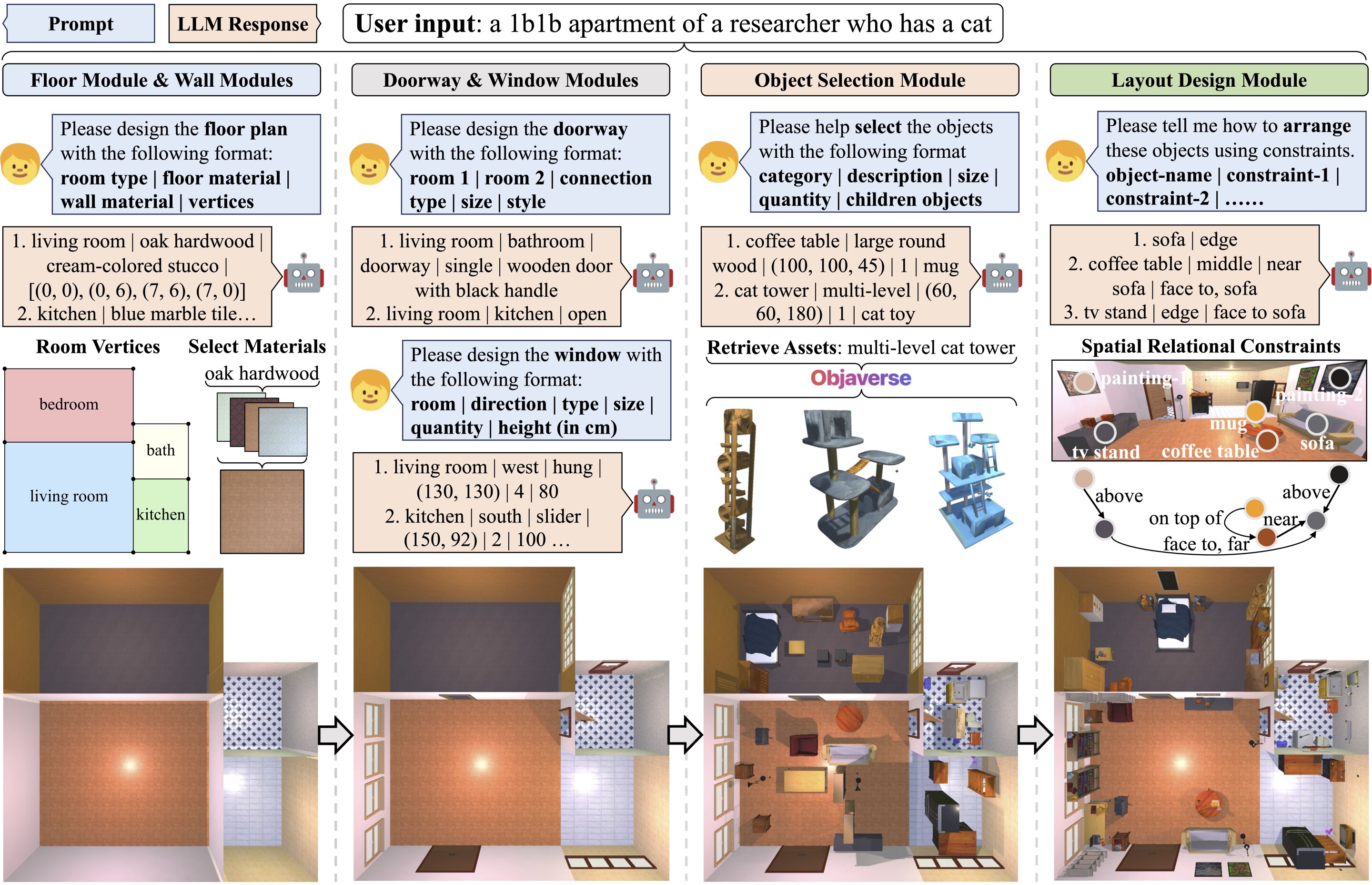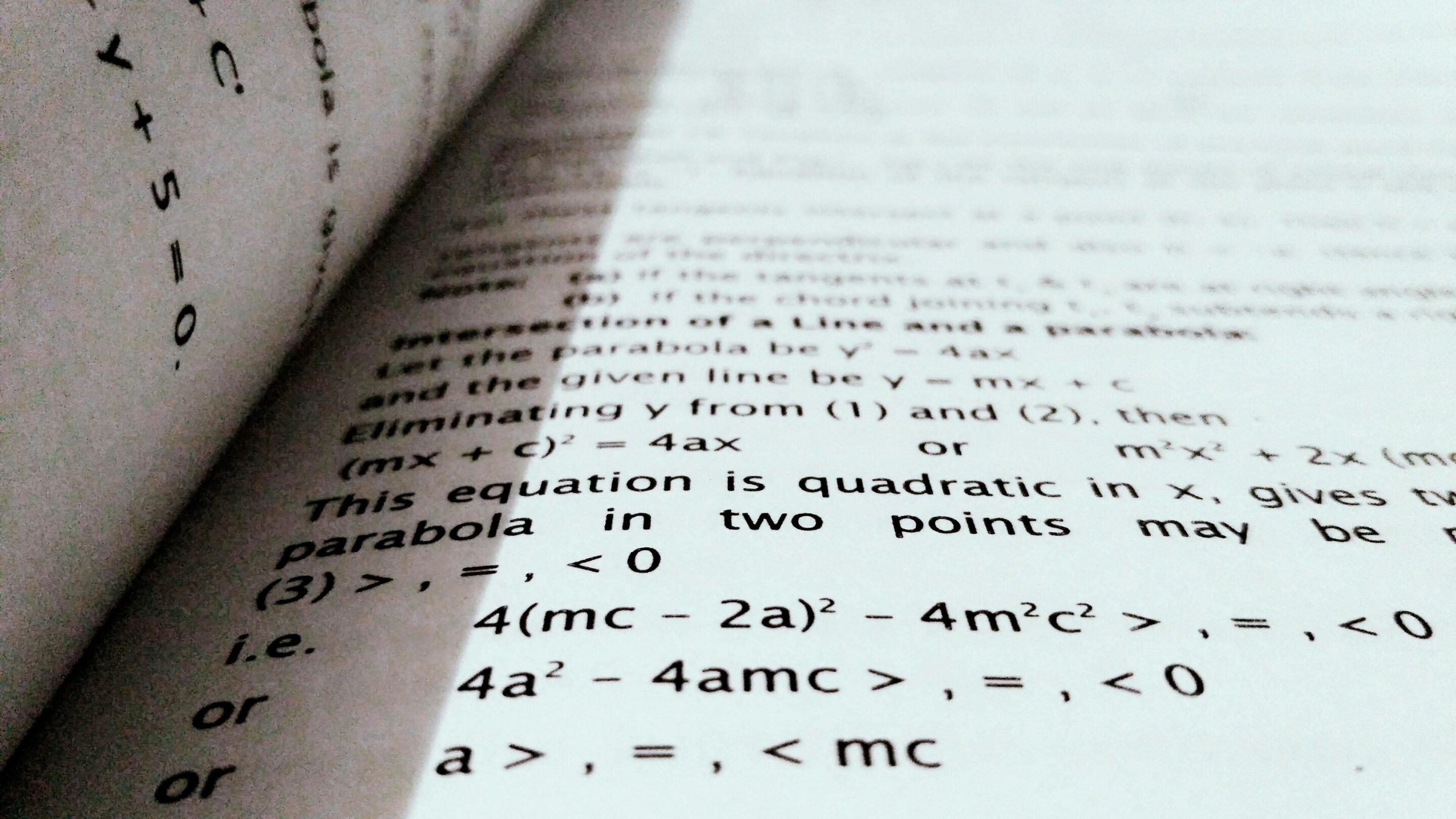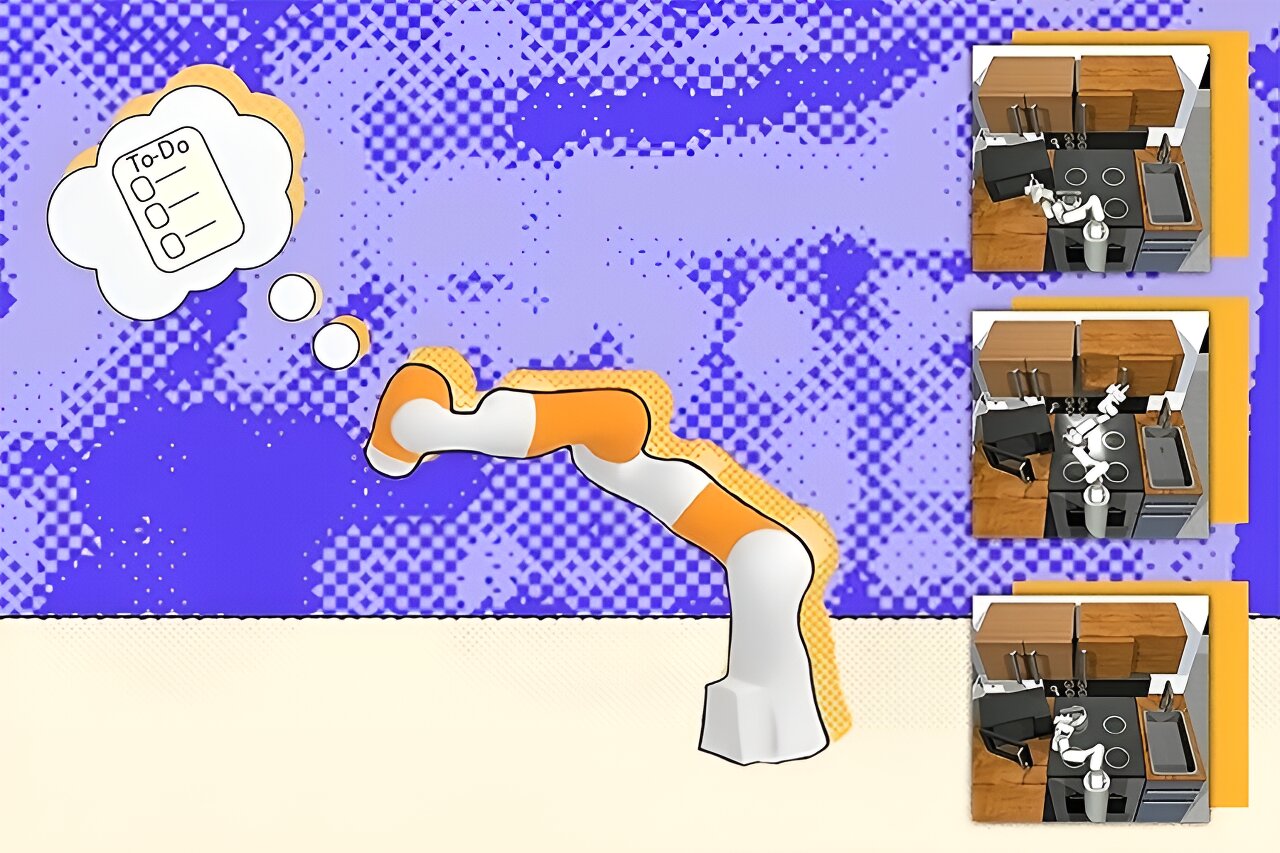
In “Star Trek: The Next Generation,” Captain Picard and the crew of the U.S.S. Enterprise leverage the Holodeck, an empty room capable of generating 3D environments, of preparing for missions and entertaining them, simulating everything from lush jungles to the London of Sherlock Holmes.
Deeply immersive and fully interactive, Holodeck-created environments are infinitely customizable, using nothing but language; the crew has only to ask the computer to generate an environment, and that space appears in the Holodeck.
Today, virtual interactive environments are also used to train robots prior to real-world deployment in a process called “Sim2...
Read More






Recent Comments